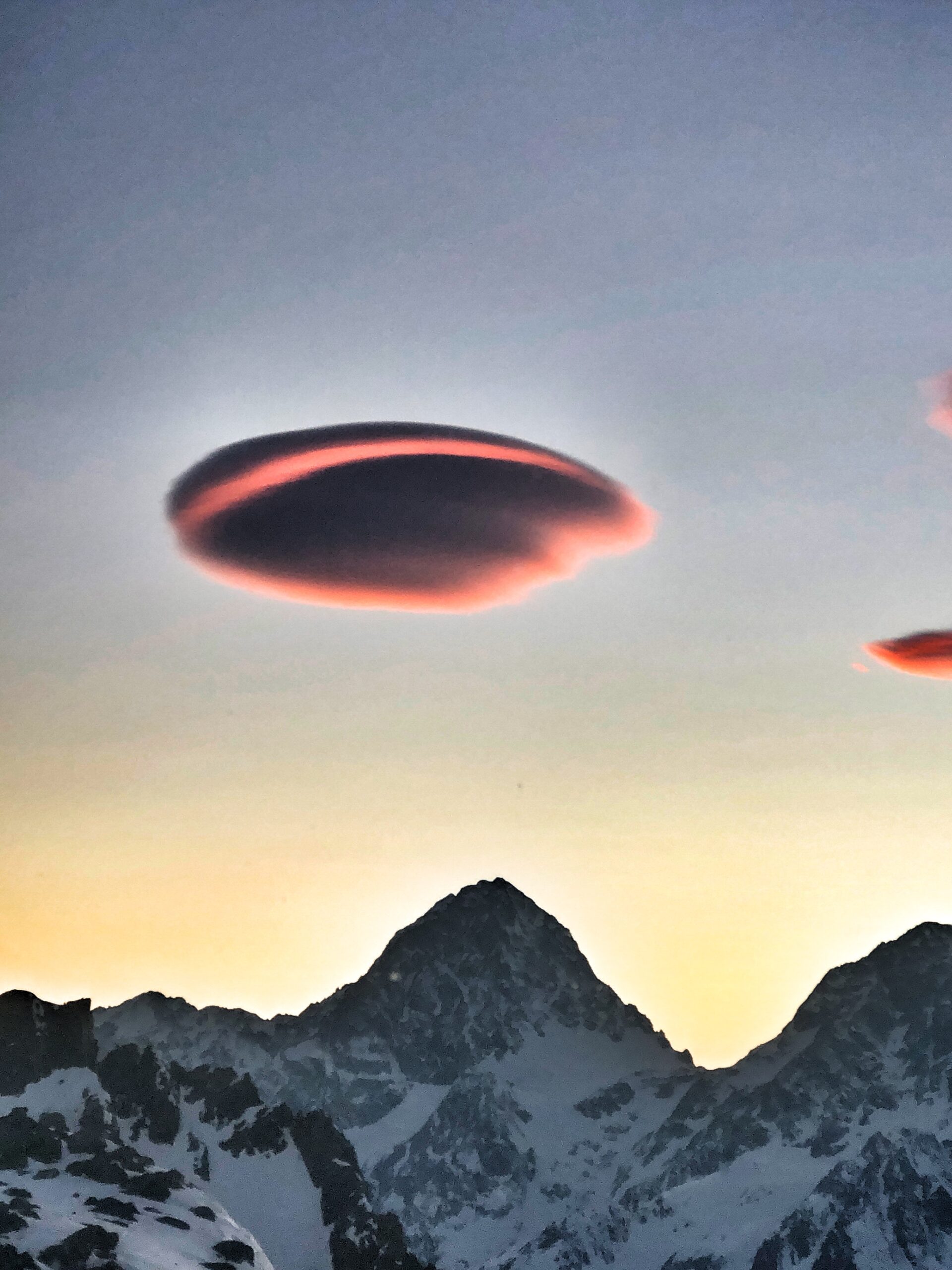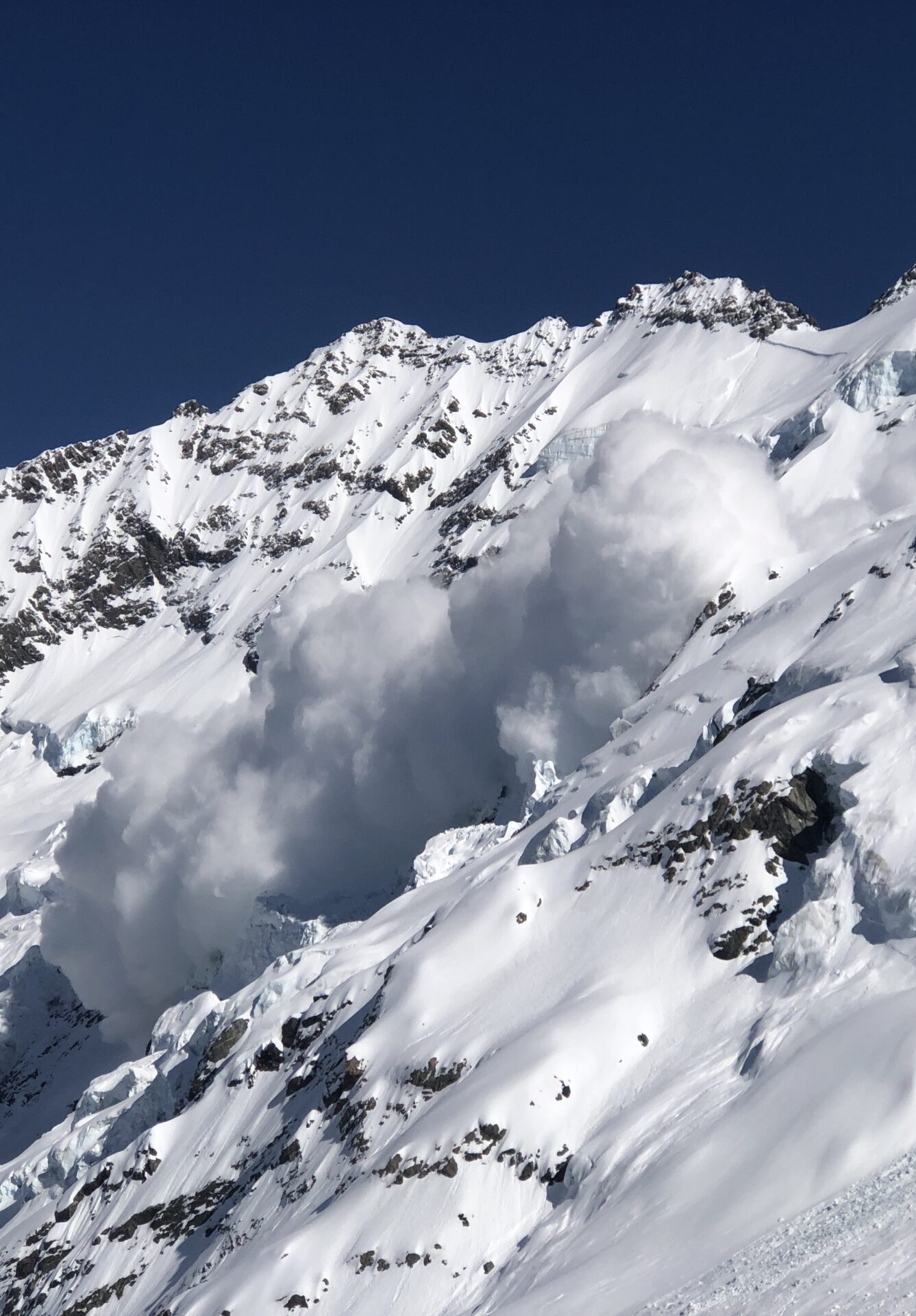CLIMB MT ASPIRING

Climb Mt Aspiring – Mountaineering in New Zealand (3,099 metres). This Ascent offers a chance to climb one of the gems of the Southern Alps.
Mountaineering in New Zealand offers endless objectives and challenges. Mt Aspirings asthetic ridgelines and commanding 360 summit view make this climb a must do.
Mt Aspiring stands out high above the Bonar and Therma Glaciers. From the summit you can see from Wanaka to the West Coast and Aoraki to the north. A Climb of Mt Aspiring and a Mountaineering trip in New Zealand will be a highlight.
MOUNTAINEERING IN NEW ZEALAND
A Climb of Mt Aspiring (3,099 metres) offers a chance to experience one of the mountain gems of the Southern Alps.
Mt Aspirings asthetic ridgelines and commanding 360 summit view make this climb a must do.
Mt Aspiring stands out high above the Bonar and Therma Glaciers. From the summit you can see from Wanaka to the West Coast and Aoraki to the north.
This peak is the only 3000m peak outside of Aoraki Mt Cook National Park. It is a fantastic objective and a great location in which to base either an ascent or instruction Course. Mt Aspiring can normally be climbed from October to the end of March.
CLIMB MT ASPIRING
When to Climb Mt Aspiring

SEASON
Mt Aspiring has many different routes and faces all with different technical difficulty.
The most commonly climbed route is the NW ridge either by THE RAMP or by the NW Buttress.
THE RAMP is normally an early season route vs the NW Buttress being a more later season less snow option
The soaring SW ridge is a perfect long technical route with a spectacular ice gulley near the final Summit ice field .
To Climb Mt Aspiring you normally what to aiming between Mid October to Late April. The later in the season the rockier the nature of the climb
We most commonly guide variations on the North West Ridge including the Kangaroo Fields and Full NW Buttress. If you are interested in the SW ridge then please don’t hesitate to enquire.
EXPERIENCE – Climb Mt Aspiring
Mt Aspiring is a fantastic alpine objective with many different facets to it. For an ascent of the NW RIDGE you should be comfortable with the following.
Prerequisites:
10 days on rock within the past 2 years OR
Experience of several 12-15 hour days on alpine ascents (NZ Alpine 1+ to 2+)
ROCK
Comfortably second on rock – grade AU 10/12 (US 5.6) in mountaineering boots
SNOW
Basic level of crampon and axe skills for approaches and egress (at least to the standard of our Mountain Experience Course)
DESCENT
The ability to self-manage abseil descents
MOVEMENT
A reasonable level of aerobic fitness – able to carry an 8 kg backpack 1,000 vertical metres in 3 hours

Standard Routes
The NW RIDGE
The NW ridge is climbed by 3 standard routes which are climbed depending on how much snow there is and the conditions of the bergshrunds. THE RAMP is normally climbed earlier in the season when the bergshrund is well bridged and access is simple. The ramp involves climbing up to 45 degrees and about 6 pitches of climbing.
The Kangaroo Fields
As THE RAMP falls out of condition we move to gaining access to the NW ridge via the NW buttress. THE KANGAROO FIELDS are named because from certain angles they appear to look like a famous Australian marsuipial
THE FULL NW RIDGE
When the mountain is in late summer conditions or unseasonally bare – we can climb the mountain via the full NW ridge – by this stage the mountain is mostly a rock scramble with short sections of exposed and basic climbing – roughly to about GRADE 10 in the Ewbank system
The Southwest Ridge
THE SW RIDGE rises magestically and aesthetically from the upper Bonar glacier, the climbing istelf is exposed and gradually steepens until you reach the upper exit gully which has 2 short steep sections – this is alpine ice climbing at its finest. We exit out the upper gulley just below the summit with 1.5 pitches of climbing left.
Of the the standard routes the SW ridge is the more technical and demanding. Good footwork and experience with exposure, long sustained front-pointing and technical ice climbing are a must
FLY IN
We use Aspiring Helicopters to access BEVAN COL – situated at the head of the West Matukituki Valley. From here it is a 2 hour journey down across the Bonar Glacier before climbing up to Colin Todd HUT. Heli access allows us to maximise weather windows and the value of your climb / Time.
Flight costs into Bevan Col
2 people – $1050 for route
3 + People – -$350 / person
Walk in options are also available – this would add an extra days onto you trip. Please dont hesitate to ask for more info if you need it
FLY OUT
Backflights may be available from Bevan Col.
A backflight only works IF there is another party coming in.
Typical backflight cost is $150 / person
Walk out
The walkout takes us either :
Back over to Bevan COl and down into the valley – this is a technical descent. THe walk out to either the road end or Aspiring Hut can take 12 – 10 hours.
Up and over the Quater Deck besides MT French. We can descend to French Ridge Hut and stay the night before walking out the rest of the way to the car park at Rasberry Flat.
WANAKA
The trip starts and finishes in the township of Wanaka.
We meet at 8 am of DAY 1 of your trip. Depending on weather and our objective you may meet the evening before the trip starts at your guides discretion.
How to get here :
From Queenstown Airport
Shuttle from Queenstown Airport to Wanaka. Check what time your flight arrives before hand to make sure you are in time for shuttles – SHUTTLE WEBSITE LINK
You also have the option to RENT A CAR – see the available options in the airport if this is what you wish to do.
From Christchurch
YOu can either take a domestic flight to Queenstown Airport or :
BOOK A BUS
RENT A CAR
BEST OPTION – FLY INTO QUEENSTOWN AIRPORT
Weather and Alternative Options
The weather in New Zealand can be described as predictable in it unpredicability. As we sit within the Roaring 40s Trade winds our mountain ranges often get lashed by frequent storms.
We add in immediate flexibility with 1 weather contingency day at the start of the trip. We can discuss adding extra days if needed.
Some climbing objectives can be out of condition due to storms / snowpack / crevassing / access. Your guide may present a different mountain objective to you. Alternatively YOU can suggest a different route you may wish to explore. Discuss your ideas with your guide and youhave a rewarding trip.

BOOKING CONDITIONS
5 days is covered in the cost, even though the climb may be completed in only 4 days.
You have the option of keeping your guide on and completing another climb if time and weather permit. This will be at the discretion of the guide, based on your ability and weather.
No refund is due if you choose to finish early.
Climbing Extensions to the 5 days may be possible (depending on your guide’s work commitments) – an additional cost of NZ$750 per day,
If the period is involuntarily extended by inclement weather that the guide advised against, the cost is an additional NZ$400 per day.
Booking an Trip
Please contact us by email or directly on +6421142776
malroc@gmail.com
INCLUSIONS
5 DAY CLIMBING EXPEDITION MT ASPIRING
Guide/Participant Ratio: 1:1
Season: Mid October – April
Price NZ$5,000 per person
Includes:
Guide and National Park fees
1 Weather Contingency Day.
All meals and snacks from lunch day one, to lunch day 5
Backpacker in Wanaka if needed
Hut fees
NOT Included:
Cost of Flight in – we will pay the heli operator directly
Cost of flight out – if required
We do not charge for the cost of flights in and out as we can not plan for cheaper flights if sharing backflight – this ends up as a saving to you
HAZARDS
Mountaineering in New Zealand – the Risks
THEre are many risks associated with mountaineering – not all are apparent. There are the obvious issues with ;
AVALANCHES, CREVASSES, ROCKFALL, WIND there are however less obvious risks which arise from;
Use of huts, sunburn, windburn, sliding on snow, walking with crampons.
Your guide is fully trained to the standard of the IFMGA – this means you will be informed at all times of the risks and how we mitigate them.
Your guide will discuss with you the conditions, weather and your own suitability for the chosen objective and make all the final safety calls. If at any stage you feel unsafe or uncertain you have the right and ability to stop any activity – talk with your guide – they are there to help you.
Related Content
Climbing the Classic SW Ridge of Mt Aspiring
Getting Weathered – Late season trip into Mt Aspiring








